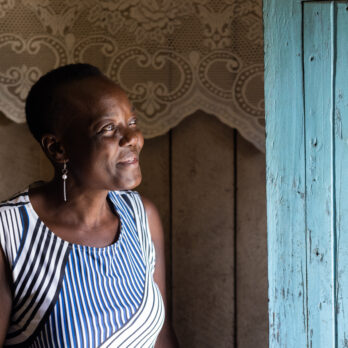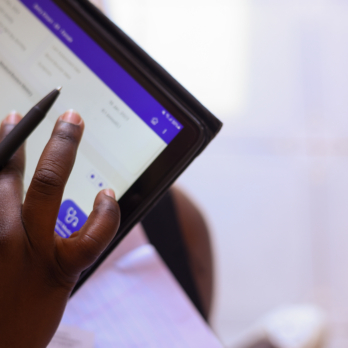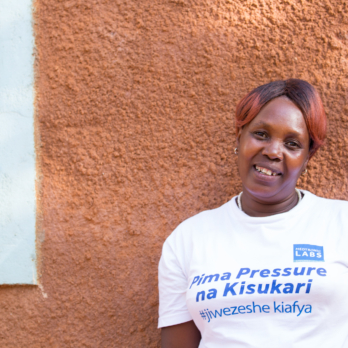In underserved communities within low to middle-income countries, technology that supports healthcare was typically fraught with unreliable service in remote areas, low feature flexibility, limited patient customization, as well as limited workflows to manage and track the patients’ care journey.
For SPICE to become the next generation digital health platform for community-based population health, the Medtronic LABS engineering team decided to develop with community input from the platforms’ end-users; patients, clinicians, and community volunteers. Throughout the iterative design approach from system requirements to prototypes and launch, end-user feedback was integral to ensure the platform would overcome existing digital health system barriers.
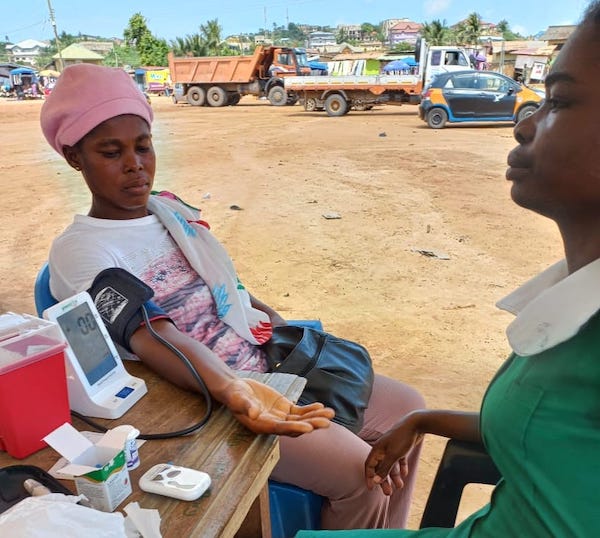
Since SPICE is used across different regions of the world with different end users, the platform needed to scale and expand with adoption. This meant technology needed to be available in low-connectivity areas, be mobile accessible, and built to standards that allowed for interoperability as well as integration with open-source web-based health delivery and management platforms.
When talking to clinicians, the SPICE team learned existing digital systems were distinct tools, surveys, and basic data collection forms that worked independently. Health workers desired a digital platform that managed all patient engagement throughout each patient’s journey; screening, enrolling, treatment, and support. They also desired decision-based workflows backed with real-time data to scale and standardize care.
“With the Medtronic LABS program, it’s really helped the community because it has reduced the cost and time of traveling, and has made screening and treatment accessible. When we get a patient with diabetes or hypertension, we use the workflows to refer them for treatment and more checkup.” ~ Bendettah Muthiani, Clinician, Kwamukuta Dispensary, Kenya
When talking to patients, the team learned they desired a digital health system that would provide greater engagement, accessibility, and support. Patients wanted to be notified of upcoming appointments, have access to healthcare providers and treatment no matter their location, and along their care journey have access to counseling and community peer-group support.
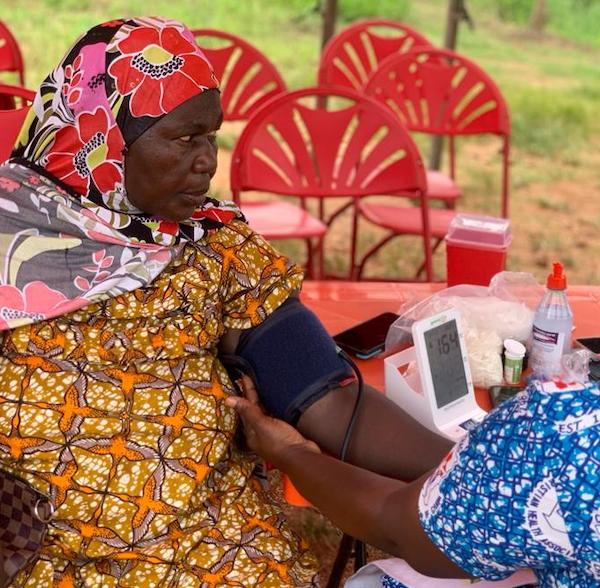
Based on end-user feedback, SPICE was developed to overcome location connectivity limitations, patient adherence, and allow for end-to-end patient clinical workflows and follow-up. The following main features were built into SPICE:
- Flexible technology to enable usage across regions and countries no matter how remote
- Longitudinal care to document each patient’s treatment and care journey
- Clinician workflows to strengthen and standardize patient management with risk-based algorithms and decision support
- Clinical features that are regionally customizable and interoperable to enable flexibility and use across countries and different regions of the world
- Patient engagement options to increase patient commitment and provide support through tele-counseling, automated SMS messaging and in-person and mobile peer groups throughout patients’ care journey.
To ensure SPICE is truly a data-driven, end-to-end digital care platform, all clinical and community activities are linked to the health system and are driven by clinical needs for smarter resource allocation and better health outcomes.
The goal of SPICE is to improve the lives of underserved patients, families, and communities. With this new-era digital health platform, we hope to transform community-based population health through system-level change.
